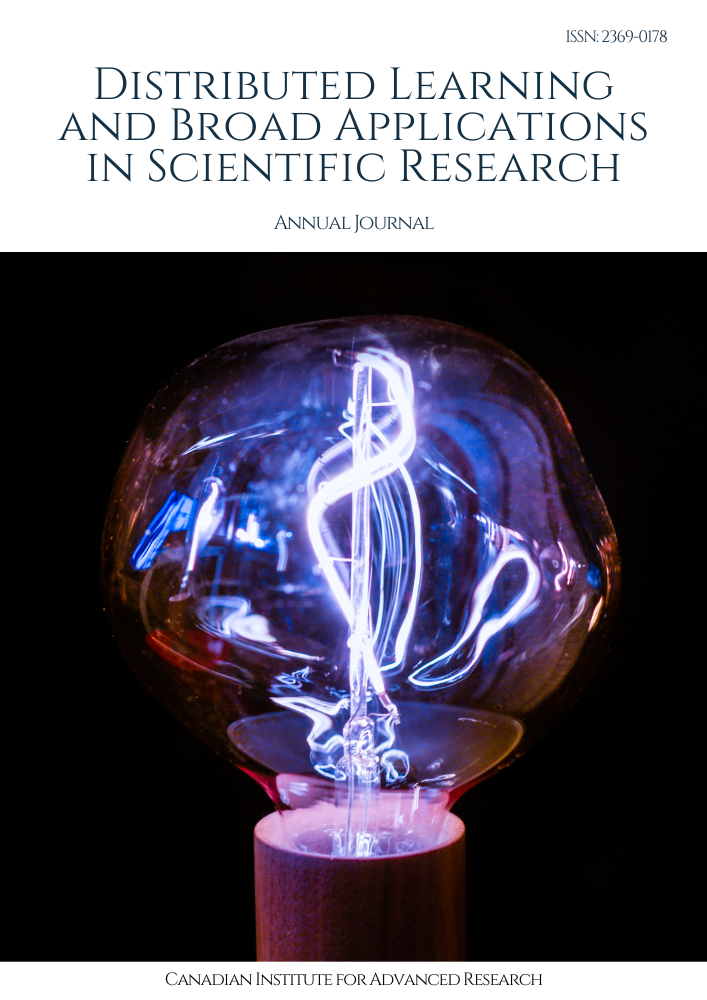Capsule Networks - Theory and Implementations: Investigating capsule network theory and implementations for better representing hierarchical structures and spatial relationships
Keywords:
Capsule Networks, Dynamic Routing, Hierarchical StructuresAbstract
Capsule networks, a novel neural network architecture, have emerged as a promising approach for improving the representation of hierarchical structures and spatial relationships in data. Unlike traditional convolutional neural networks (CNNs), capsule networks use capsules, which are groups of neurons that encode various properties of the input, such as pose, deformation, and internal hierarchical relationships. This paper provides a comprehensive overview of capsule network theory and implementations, discussing their advantages, challenges, and applications. We first explain the key concepts behind capsule networks, including dynamic routing, transformation matrices, and routing by agreement. We then review recent advancements in capsule network research, such as dynamic routing improvements, architectural enhancements, and applications in computer vision and natural language processing. Additionally, we discuss implementation considerations, including software frameworks and hardware accelerators. Finally, we highlight future research directions and potential applications of capsule networks in various fields.
Downloads
Downloads
Published
Issue
Section
License
License Terms
Ownership and Licensing:
Authors of research papers submitted to Distributed Learning and Broad Applications in Scientific Research retain the copyright of their work while granting the journal certain rights. Authors maintain ownership of the copyright and have granted the journal a right of first publication. Simultaneously, authors agree to license their research papers under the Creative Commons Attribution-NonCommercial-ShareAlike 4.0 International (CC BY-NC-SA 4.0) License.
License Permissions:
Under the CC BY-NC-SA 4.0 License, others are permitted to share and adapt the work, as long as proper attribution is given to the authors and acknowledgement is made of the initial publication in the journal. This license allows for the broad dissemination and utilization of research papers.
Additional Distribution Arrangements:
Authors are free to enter into separate contractual arrangements for the non-exclusive distribution of the journal's published version of the work. This may include posting the work to institutional repositories, publishing it in journals or books, or other forms of dissemination. In such cases, authors are requested to acknowledge the initial publication of the work in this journal.
Online Posting:
Authors are encouraged to share their work online, including in institutional repositories, disciplinary repositories, or on their personal websites. This permission applies both prior to and during the submission process to the journal. Online sharing enhances the visibility and accessibility of the research papers.
Responsibility and Liability:
Authors are responsible for ensuring that their research papers do not infringe upon the copyright, privacy, or other rights of any third party. Scientific Research Canada disclaims any liability or responsibility for any copyright infringement or violation of third-party rights in the research papers.
If you have any questions or concerns regarding these license terms, please contact us at editor@dlabi.org.



